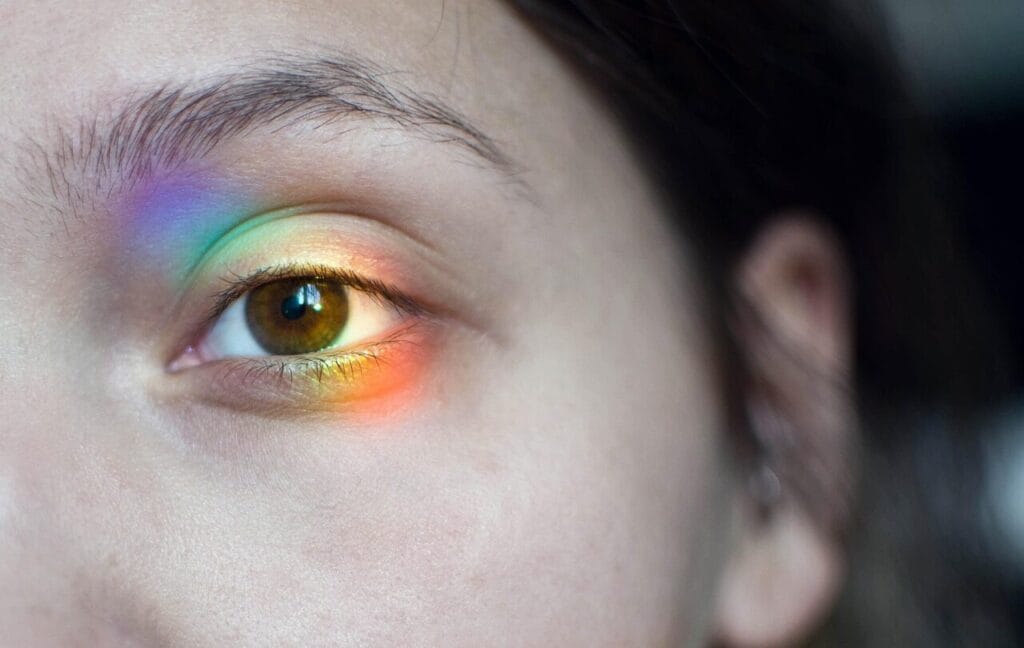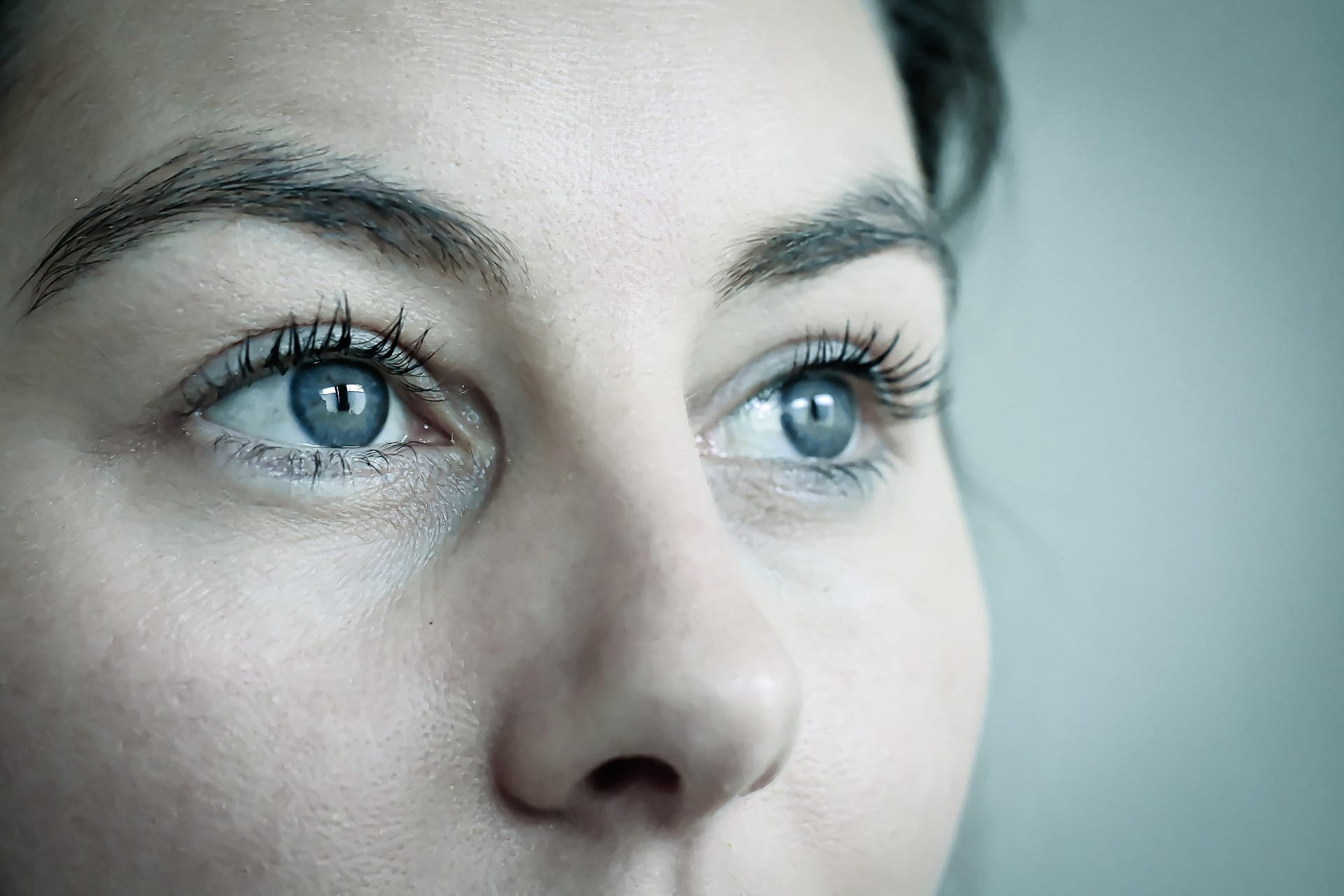There is a belief that people with blue eyes perceive pain differently than others. We decided to check whether this is supported by scientific data.
Blogs write about blue-eyed people being less sensitive to pain. advertising And family, V social networks, V aggregators news and on websites, dedicated to technology, on entertainment portals, websites for women and even in medical magazines. At the same time, you can find an equally common statement that people with blue eyes vice versa, feel pain more acutely, and Sometimes These theses paradoxically coexist in the same text.
Pain, according to definition International Association for the Study of Pain is an unpleasant sensory and emotional experience associated with actual or potential tissue damage. Pain is classified according to its nature (aching, shooting, pulsating, burning, pressing or bursting, etc.), duration (acute, subacute, chronic, short-term), localization (superficial or internal, visceral, as well as phantom) and the mechanism of development. It is this classification that is important in order to answer the question of whether people with a certain eye color can feel pain differently.
According to the mechanism of development, pain is accepted divide into nociceptive, neuropathic and nociplastic.
The most common, nociceptive pain occurs in response to tissue or organ damage or to avoid injury. So, when we touch a hot stove, we instinctively pull our hand away so as not to get a more severe burn. Special neurons, nociceptors, located mainly in the skin, as well as in internal organs, are responsible for the occurrence of this type of pain.
The cause of neuropathic pain is damage to peripheral or central nerves, for example due to diabetes, HIV, chemotherapy or radiation therapy, and various neuralgia.
Finally, nociplastic pain can occur not only as a combination of nociceptive and neuropathic pain, but also without damage to tissues, organs, or nerves. This is the rarest type of pain, and it is the most difficult to diagnose and treat - the doctor may not find any problems.
As it becomes clear from this classification, if people with blue eyes perceive pain differently, then we should be talking about nociceptive pain, since neuropathic pain occurs when nerves are damaged, and the cause of nociplastic pain is not yet reliably known to science.
A study on the response to pain of people with different eye colors, which refer many media, was conducted under the direction of Inna Belfer, MD, of the University of Pittsburgh. About its results she told in 2014 at the annual meeting of the American Pain Society. Belfer and colleagues assessed pain levels after epidural anesthesia in women during childbirth. In total, there were 58 participants in the group: 24 of them had dark eyes (different shades of brown), and 34 had light eyes (blue or green). Doctors noted that after anesthesia, women in labor from the second group rated their level of pain - both at rest and during movement - lower than women in labor from the first. At the same time, the researcher herself commented on her observations as follows: “Due to the small sample size, we cannot obtain convincing evidence for our conclusions.”
Belfer - recognized specialist in the field of pain research, 77 are posted in the database of the medical information aggregator PubMed articles her authorship or co-authorship. She takes high positions in specialized organizations: National Center for Complementary and Integrative Health (USA), National Institutes of Health Pain Consortium (USA), Association for the Study of Pain (USA), etc.
Also in 2014, when Belfer reported her observations at a conference, she and her co-authors published scientific article “Mechanisms of labor pain.” In it, scientists described the identified patterns between the level of pain and the psycho-emotional state of a woman, her weight, the number of births before, socio-demographic factors, as well as a number of genes. However, among all this variety of studied connections, eye color was not mentioned. There is no mention of this observation in Belfer’s works published after 2014. Apparently, the scientists themselves, although they talked about their observations, did not consider them scientifically significant, or perhaps in another sample the result turned out to be the opposite and they did not further investigate the relationship between eye color and pain level. In general, Belfer has enough work on the connection of both nociceptive and neuropathic pain with genes. She studied how perceived pain depending on gender, researched connection between certain genes and the occurrence of chronic pain syndrome, as well as postoperative consumption morphine However, eye color was never again mentioned by her as a factor determining pain sensitivity.

In 2017, on the relationship between eye color and pain level contacted specialists from Aalborg University (Denmark). They invited 60 men and women without chronic pain and divided them into two groups: people with light eyes and hair and people with dark eyes and hair. All volunteers then underwent three tests to determine their level of sensitivity to nociceptive pain: pressure pain threshold, cold test, and pain test. questionnaire McGill. Volunteers with dark eyes and hair, regardless of gender, were more susceptible to pain from cold; the results of the pressure test did not show a statistical difference. Experts have suggested that genes responsible for the production of melanin (the pigment that gives color to hair and eyes) may also be involved in the mechanism of pain perception. However, scientists have found it difficult to determine which genes we are talking about.
In 2018, scientists from Ohio State University researched nociceptive pain in 300 women with different eye colors during dental procedures. To avoid dentist bias, all subjects wore dark glasses. They were given an anesthetic injection of a solution of 2% lidocaine with epinephrine and asked to rate the level of pain during needle insertion (piercing the mucosa), needle placement (penetration of the needle through the tissue to the injection site) and the administration of the anesthetic itself. After this, the dental assistant removed the participants' glasses and took photographs of their eyes. Three disinterested assistants then determined the woman's eye color from the photograph. As a result, 133 were classified as volunteers with dark eye color, and 167 - with light eye color. There was no significant difference in pain scores at any of the three points between them. Experts stipulate that the results should be interpreted carefully - at least not to extrapolate them to men and take into account that all women participating in the study were representatives of the Caucasian race.
In 2024, Turkish scientists analyzedHow women with different eye colors evaluate pain after treatment of pulpitis in the lower molars. The study involved 110 women (55 with dark eyes and 55 with light eyes) who complained of toothache to the clinic at the Faculty of Dentistry of Hatay Mustafa Kemal University. Pain levels were assessed after anesthesia during treatment, 24, 48, 72 hours and seven days after treatment. No difference in pain levels was found in patients with different eye colors.
Thus, most studies conducted do not find a connection between pain level and eye color. Moreover, although there have been several such experiments, the media mainly refer to Inna Belfer’s speech at a conference in 2014. However, they do not mention that the results obtained on an extremely meager sample did not even form the basis of a scientific article, and the scientist herself said in her speech that the data requires further verification.
Cover image: Image by Alexa from Pixabay
If you find a spelling or grammatical error, please let us know by highlighting the error text and clicking Ctrl+Enter.






